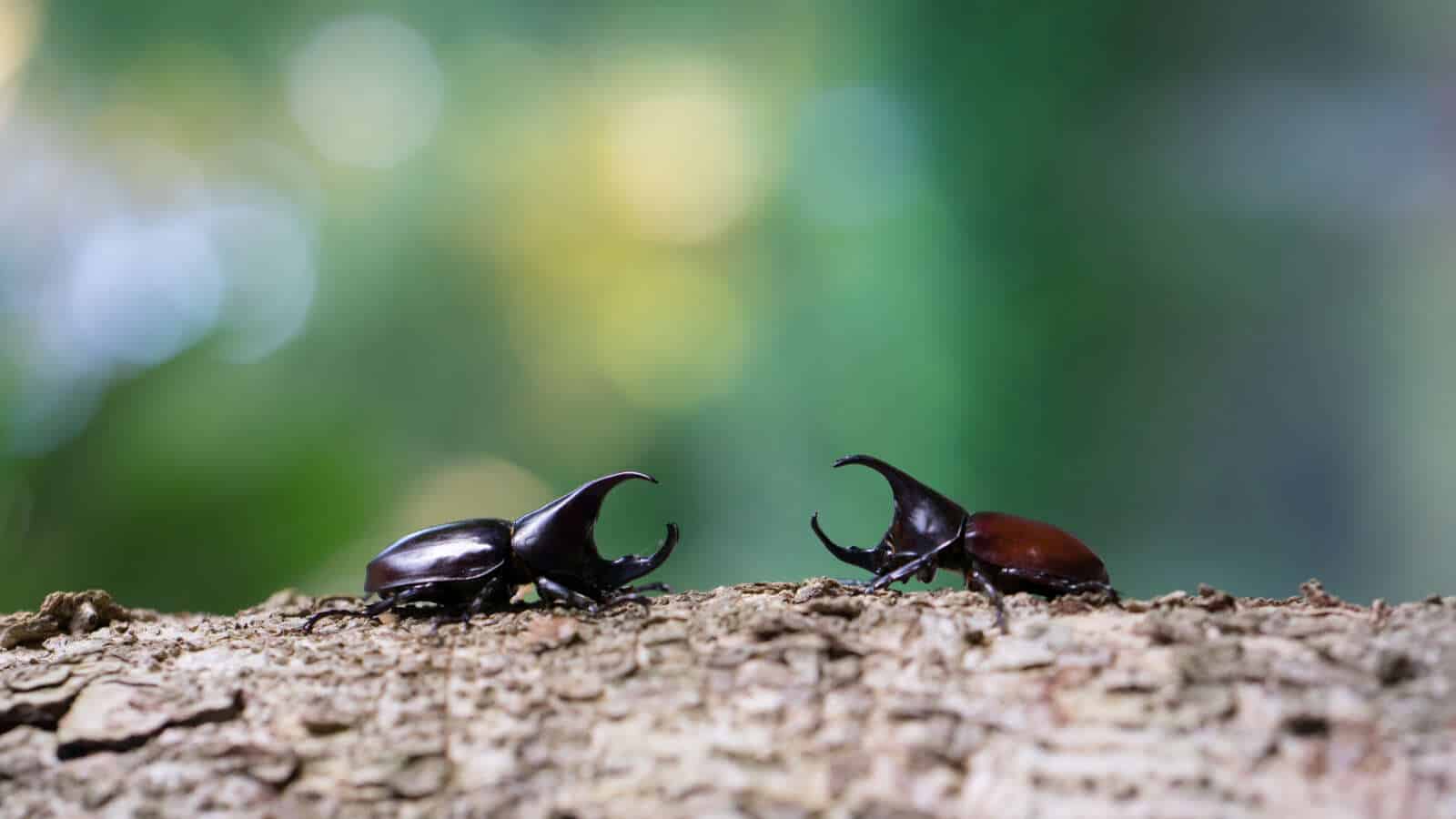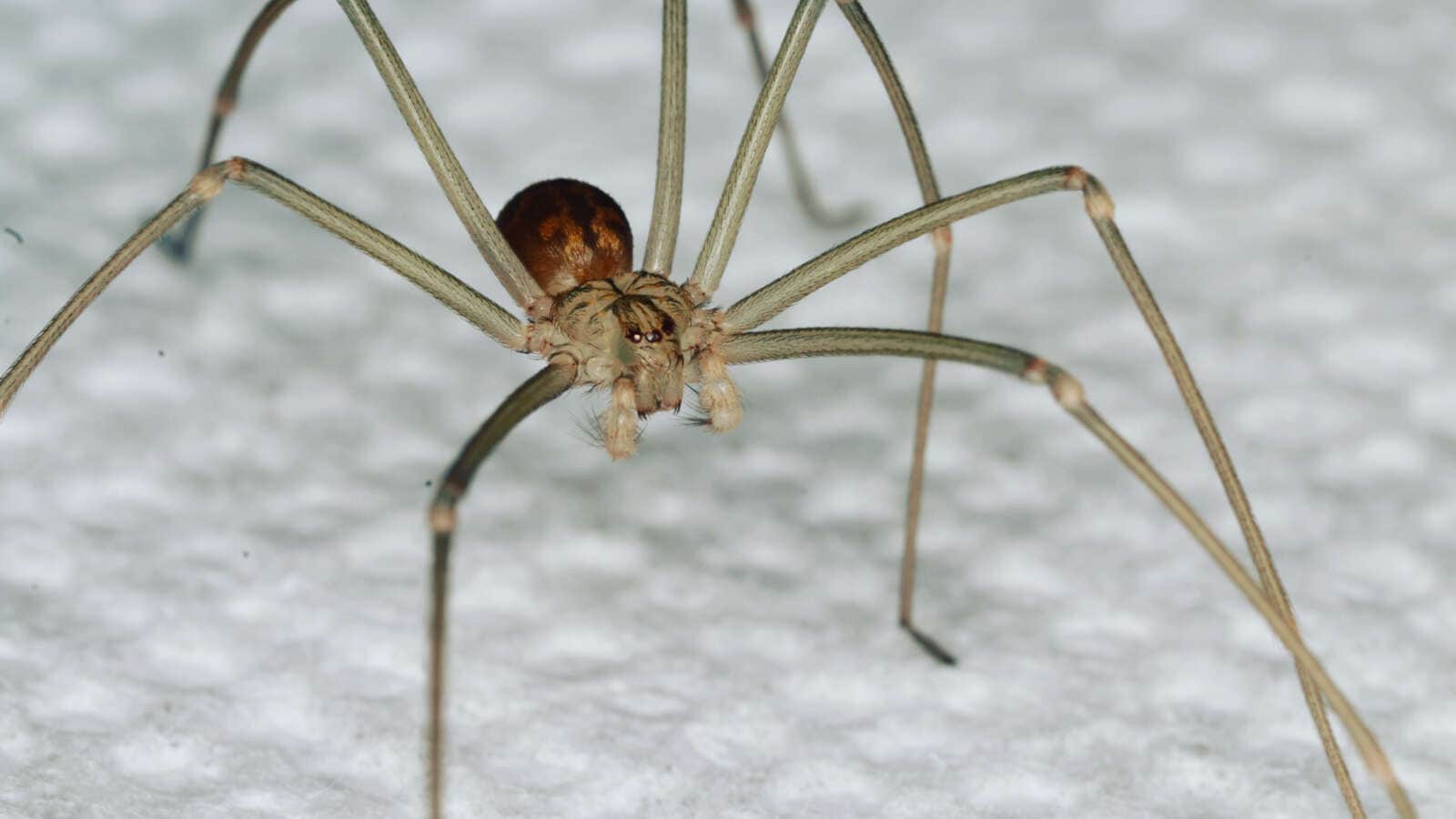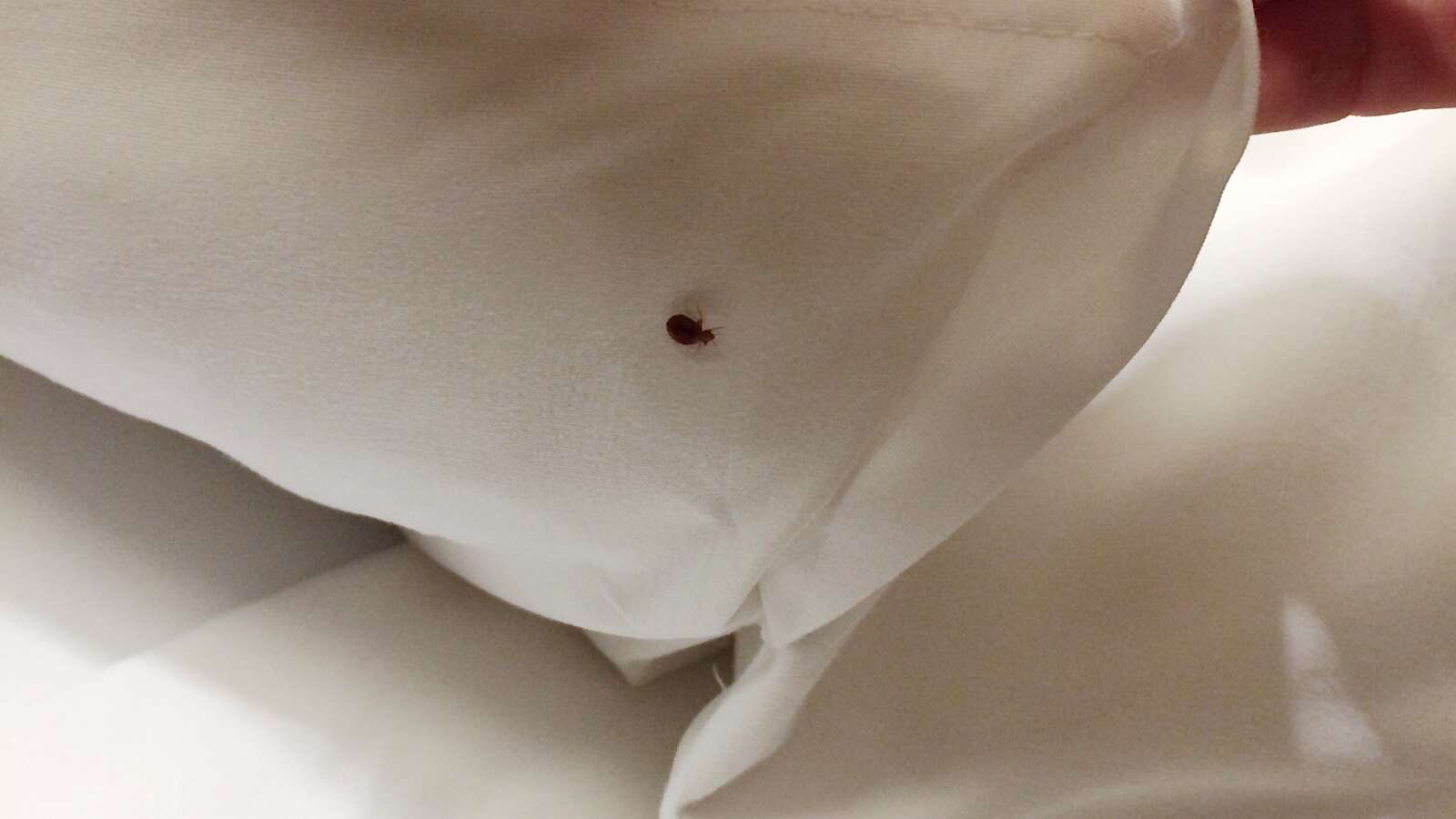Where Do Pests Go On Windy Days?
Adverse weather is never really a friend of small critters. Considering how we feel when we are caught in a rainstorm or a super windy day, it would be very stressful to be a tiny insect trying to fly in these conditions. This is precisely why we don’t see many insects during strong weather, as they simply can’t survive both the excess moisture and breeze. It’s logical that pests would hide during a rainstorm, but what do they do when the wind is the only problem? Let’s take a brief look at some of the common problems that arise during windy days and how pests survive these gusts.
A House of Problems
In addition to the problems that pests face on a windy day, our own houses can succumb to the strong gusts in various ways. Any loose shingles may get even looser and detach, leaving that section of the roof vulnerable. Strong winds can also shake the windows and potentially create gaps around the seals, which would leave room for pests to enter. The main garage door is easily influenced by drafts since it already has small gaps near the floor, but strong winds can also cause damage here if debris hits the door or holes develop in the house. And if it rains, matters can get worse if any wood retains the moisture and starts rotting.
Flying pests either opt out of taking flight on a windy day or use the tailwinds to their advantage as an easier method of travel. Strong gusts create a drag force on their wings and bodies and can prevent the pests from flying against the wind. Most insects also cannot precisely angle themselves, which means they don’t exactly have a choice in where they go. Landing somewhere is even more difficult and will likely not be as graceful as normal. The insect can plan on landing on one specific plant, but they may be carried away to a completely different section of the yard on a wind gust. Since life is much more difficult for these tiny pests on a windy day, it makes sense why they seek out all kinds of hiding places for waiting out the wind.
Migration
This is the insect’s solution to a windy day where they actually continue to be productive rather than a nuisance. Some insects, like butterflies, migrate to a warmer part of the world when the weather starts to cool off. They already have the capability to fly great distances, so a tailwind pushing them in that direction is like a natural speed boost. Monarch butterflies are one of the most famous migratory species, and they can fly up to 25 miles per hour on their own. With a tailwind at their backs, these butterflies can fly about 12 miles per hour faster than before! Some moth species, like the diamondback moth, can travel hundreds of miles, especially when they have the wind at their backs to guide them to a new home. This method is especially useful when the insects fly in a riskier area that has more predators waiting to snatch an unsuspecting pest as a meal. Since butterflies and moths help the ecosystem by transferring nutrients and pollinating all kinds of flowers, it may not be such a bad thing for the wind to create new paths for these frequent fliers.
Shelter at Home
If the pests notice that it is too windy to leave their home before embarking on a new adventure, they have the advantage of not being pushed around by the invisible force. Ants are an insect that comes to mind with this one. Since their nests are underground, they can simply stay in their anthills until the wind dies down. They might be okay to forage for food along the ground, but it wouldn’t be good for them to venture too far from home. Worker ants do not have wings, so they would easily be carried away by the wind if they got to an unsheltered area. Another pest that knows how to take shelter is the stinging family, such as bees and wasps. They can just hide in their hives and nests, as long as the structure won’t be knocked out of the tree or other elevated place. Stinging insects can also hide within the leaves of a tree or under the eaves of a house on their own if they get caught in the wind, but it gets trickier if they have been collecting nectar (more on that later). But if the wind or general temperature is cold in any way, you can forget about seeing stinging insects out and about. They do not enjoy cool weather at all and tend to stay in their hives to conserve body heat with their colonies.
Welcome to Our House
If there was one option that we never want pests to take during a windy day, it would be to use our homes as shelter. Just because we like to enjoy our cozy houses when the weather is gloomy outside, doesn’t mean that we are inviting any insects in to join us. Unfortunately, our homes are the perfect shelters for any kind of pest. Insects, arachnids, and rodents need to be warm and dry (for most species) in order to feel their best. This is why pest invasions are still common in fall and winter since all kinds of critters are seeking shelter from the cold. On a brisk, windy day, pests will use any opening they can find to get inside in our homes. They can then find a hiding spot to reproduce and find food without us noticing. If the pests find a reliable food source, they will stick around and make this their permanent shelter. Some of the most common pests that want to use our houses as their plan A to escape the wind include brown marmorated stink bugs, boxelder bugs, spiders, and rodents. If it is windier than normal, we recommend closing all doors and windows and making sure there aren’t any sizable holes around the weather stripping. A pest infestation would not be a fun windy day activity!
Garden Pests
This is another sector of pest activity during a windy day that we would prefer not to happen. Many common garden pests are so small that an average breeze can carry them away without much effort. Some insects can float miles away, where they will eventually land and start eating the vegetation in that area as well. Another issue with gardens and windy days is that the breeze can carry away any insecticide or other pest treatments that were not carefully applied in advance. This can leave plants and gardens vulnerable to any garden pests that arrive on the scene. Also, it could create problems on a larger scale if the pests are blown to an area that they are not naturally from. If the garden pests start reproducing and devouring the crops, there can be greater issues beyond the fact that there are insects in the garden. Some species of aphids are commonly seen popping up after a string of windy days. They like to hide from the heat in the dead of summer, but if they do not shelter from the wind, the aphids can drift in from another area and start eating the plants in their new home. Unfortunately, garden pests are not just a problem when the plants start blooming once again in the spring.
It’s Not Easy “Bee-ing” a Bee
Hardworking bees have a tough choice to make on windy days. They can either hide out in their hives, or they can try to gather as much nectar and pollen as possible despite the conditions. Honeybees tend to lean towards the first option when the wind is around 12 miles per hour since it would be extremely difficult to fly in an organized manner and bring back their findings to their hives. It is a delicate practice for a small bee to carry these materials as they fly, which is why the weather conditions need to be overall decent. If the honeybees do decide to risk it, they stay lower to the ground and gather less pollen than normal. It is not ideal, but they make it work in order to continue providing for their colony. But it is not just strategy on the bees’ part in gathering less pollen. If the winds are strong enough to deter a lot of insects from flying like normal, the gusts will certainly disperse the pollen and nutrients in the flowers. This leaves less for the bees to forage, which is even more of a reason for them to stay home in their cozy hives than to try and work through the extreme conditions.
For the Pests that Don’t Blow Away, Pointe St. Louis is Here to Stay!
There are some steps you can take to “batten down the hatches” of your home against pests, so to speak. Check for any gaps or holes in the house after the wind dies down, as some may have developed during a gusty day. If it rained at all, inspect the house and fencing for any signs of moisture damage. Most wood-boring pests love wood that already has some kind of damage since weakened wood is easier to nest inside of, so extensive problems can arise after the storm passes if anything was damaged. Also, make sure all opened food is sealed and put away properly. If pests have an opportunity to invade your home, they will be even more motivated to do so if they smell our food.
Wind can deter pests from staying in an area, which is why using a fan is effective against mosquitoes and other flying insects. But when windy days bring pests into your house, Pointe St. Louis is here to help! Our technicians know exactly where to look for hidden pests and can provide personalized treatments that get to the center of every pest colony. Just because the weather is cooler does not mean that pests stop being a problem. Contact us to learn more about our preventative pest treatments and how we can keep your home from being a windy day sanctuary for invasive pests!
Citations
Learn, J.R. (2019, August 21). Migrating insects surf on winds and warmth. The Wildlife Society. Available at https://wildlife.org/migrating-insects-surf-on-winds-and-warmth/ (Accessed on October 27, 2022).
Palumbo, J.C. (2019, September 18). How weather influences vegetable insect pests. Growing Produce. Available at https://www.growingproduce.com/vegetables/how-weather-influences-vegetable-insect-pests/ (Accessed on October 27, 2022).
Technology Times. (2020, April 15). Effects of wind speed on foraging behavior of insect pollinators. Energy Central. Available at https://energycentral.com/news/effects-wind-speed-foraging-behavior-insect-pollinators (Accessed on October 27, 2022).
Van Klaveren, J. (2014, March 24). [In the news] Will frigid temperatures mean fewer insects? Pest Control Technology. Available at https://www.pctonline.com/article/pct0314-insects-surviving-cold/ (Accessed on October 27, 2022).






